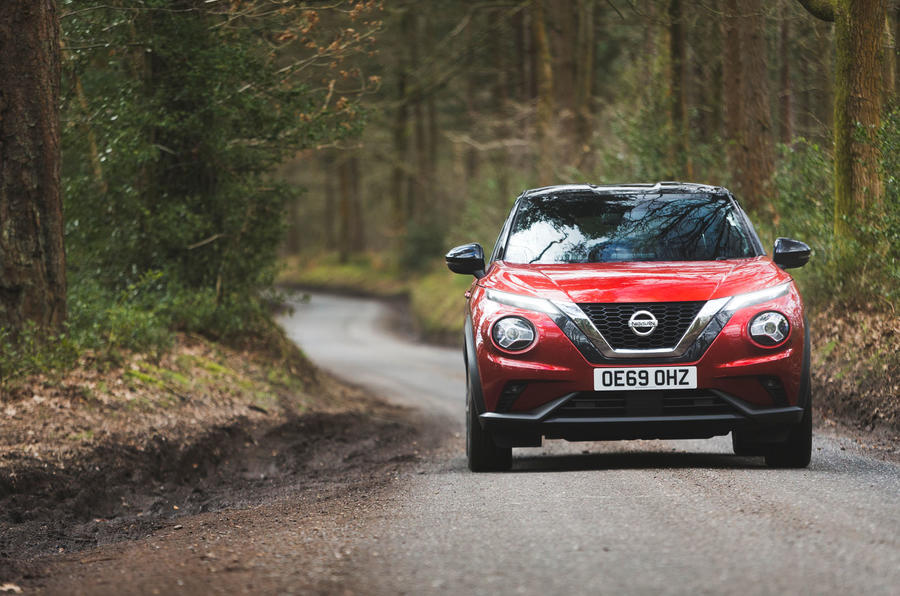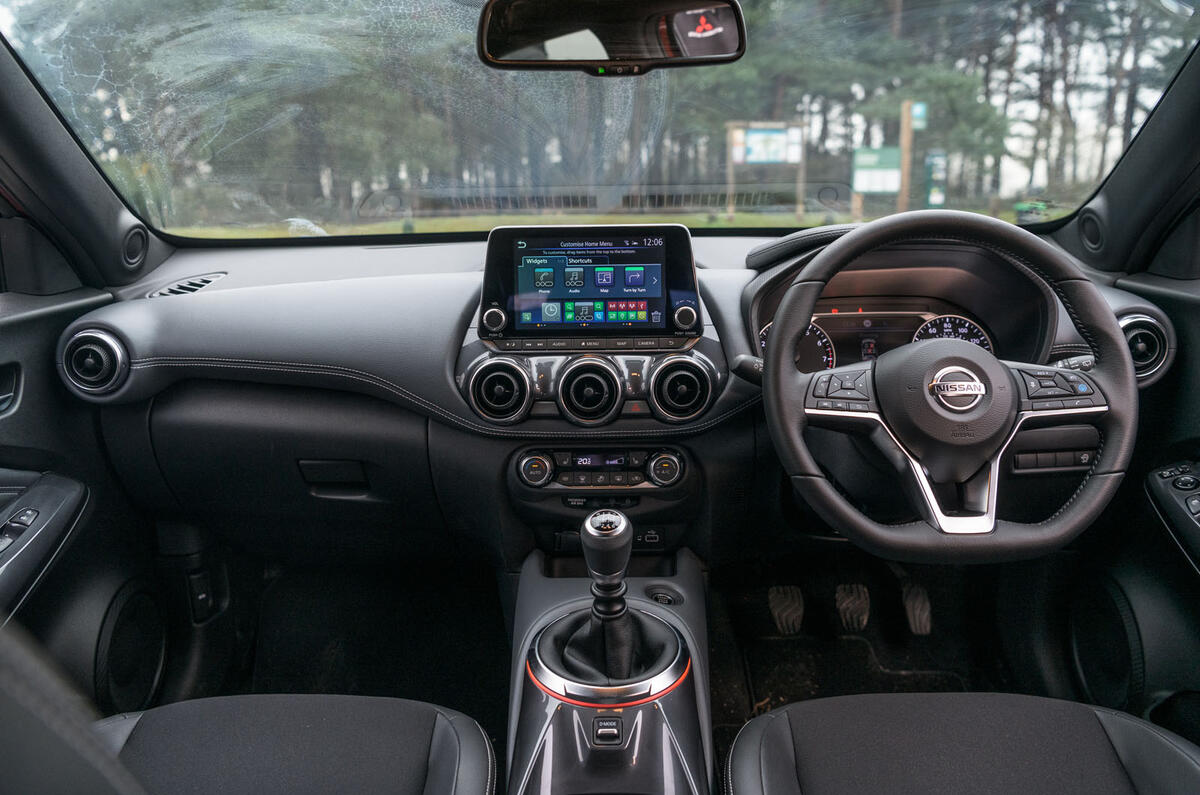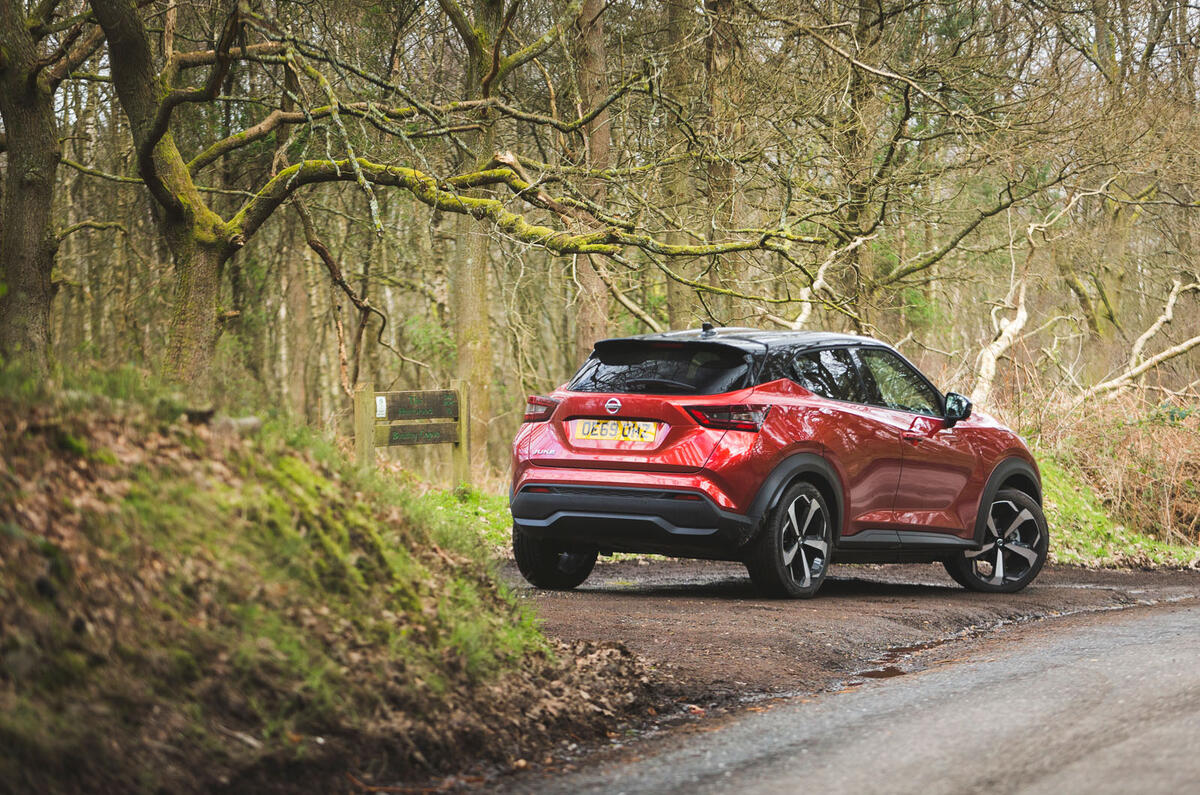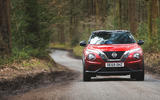Why we ran it: To see if the Juke can continue to hold its own in a crowded compact SUV market
Month 6 - Month 5 - Month 4 - Month 3 - Month 2 - Month 1 - Prices and specs

Life with a Nissan Juke: Month 6
We’ve driven 4000 miles in Sunderland’s second-generation compact crossover. So how did it fare? - 7 October 2020
When you consider the cars on Autocar’s fleet at the moment, the Nissan Juke stands out for not standing out. That’s saying something given how radical the Nissan's styling once was – and, to some extent, is still considered to be.
It’s not electric like our Vauxhall Corsa-e, nor is it retro like the Honda E or a bold new sports car like the Toyota GR Supra. No, what we have here is a trusty compact crossover using a 115bhp 1.0-litre three-cylinder petrol engine. It might not be revolutionary these days but it remains massively relevant: it is built at Nissan’s Sunderland plant, remains part of a still-growing segment and is the maker’s second-biggest UK seller after the Nissan Nissan Qashqai, as it has long been.
Our time with this second-generation Juke made us appreciate everything that was always desirable about the car and why Nissan did what it did to improve it. Notable revisions are a far better interior, using higher-quality materials, and more cabin space, particularly in the rear and the boot. That increase in space is in part thanks to this Juke being built on the new CMF-B platform – a Renault-Nissan-Mitsubishi co-production shared with the Renault Captur and Renault Clio.
The interior is clearly a step up, and general comfort is something I noticed on longer trips, no doubt helped by the ‘monoform’ seats, which are standard and also found in the Qashqai.
The interior is also less bland than those of many rivals, such as the Seat Arona and Skoda Karoq, and for some that’s a preference. News ed Lawrence Allan, in an earlier report, said he preferred the Juke’s interior styling over the safer Ford Puma’s.
One major drawback in our long-termer was the functionality of its systems. Most annoying was the touchscreen – something I’ve mentioned a number of times, I know – but these days it’s an important consideration for motorists.
Not only did a data agreement have to be agreed to or declined every time the car was turned on and before I could access the infotainment system on screen, but also, once over that hurdle, it more often than not didn’t recognise a touch input. It almost never recognised a first touch of the screen when I tried to change radio stations, and it often took three or more prods to respond. It was irritating at best and a distraction while driving at worst. Glitches aside, the system was easy to get to grips with, as was Apple CarPlay compatibility.

































































Join the debate
Add your comment
The clicking noise with the rear window wiper is an electronic relay, I don't know a car that doesn't use this and doesn't make this noise, it's possibly more reflective of improved sound proofing & a quiet ride.
High window lines and rear window ticks
Are two of the biggest annoying styling fads out there.
Anyone who's had to clear up travel sickness from their rear seat will know what I mean.
22.5
If nothing else at least it is reasonably priced compared to some of overpriced toot that's come out recently
Overpriced toot
I noticed that proposals are in place for prices of ICE of whichever flavour to be increased to subsidise EV models. From what's been happening recently I thought loads had started already! Price hikes do seem quite common, for even the lowliest spec vehicles.